A Peek into Thailand’s Hottest Star’s World: 10 Facts You Should Know About Freen
Get an exclusive peek into the world of Freen Sarocha: uncover 10 facts ...
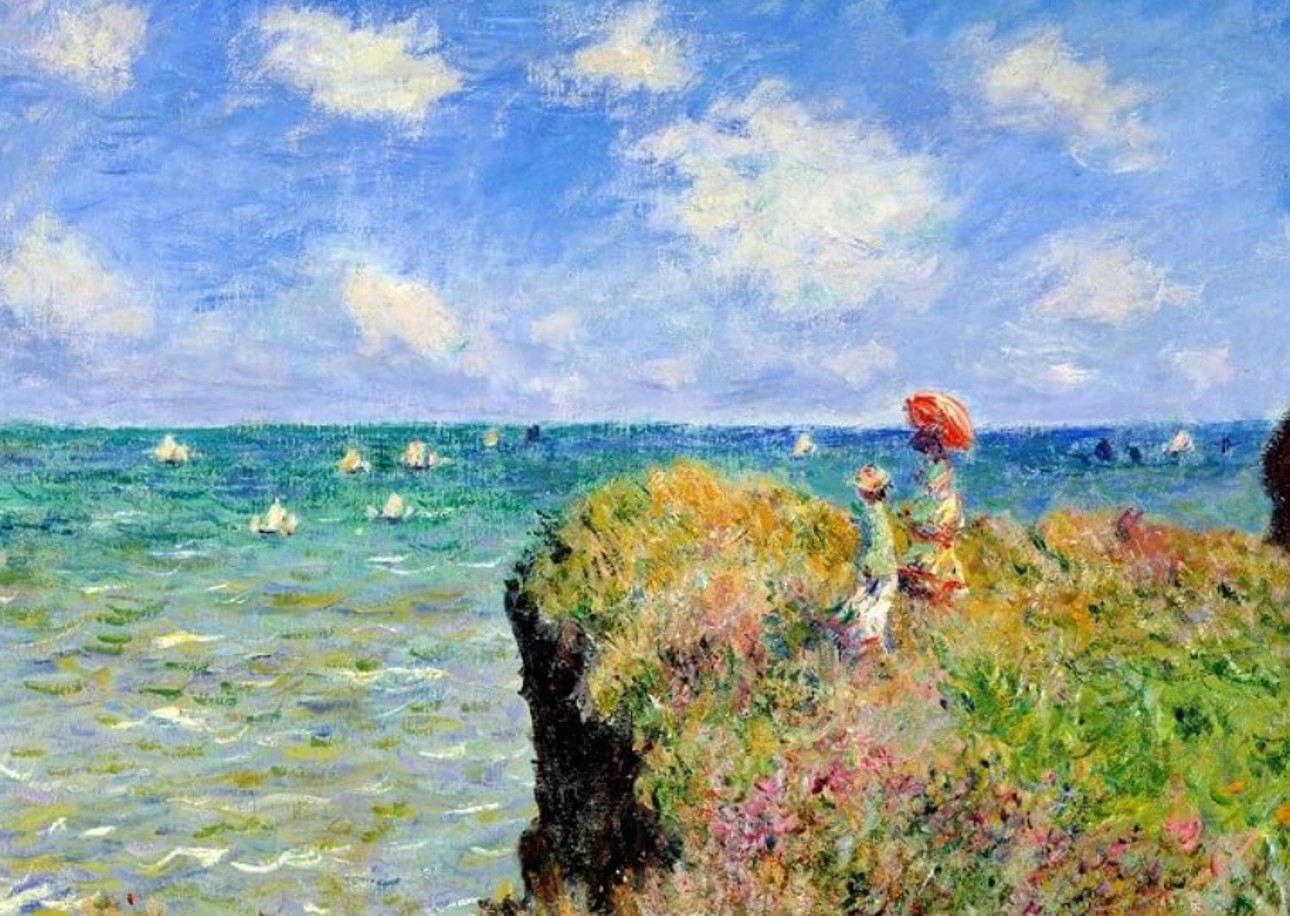
Art history’s a ride of change and transformation. Each era mirrors the society, culture, and ideas of its time.
While Art from Prehistoric, Egyptian, Classical, Greek, Roman, Celtic, early Christian, Byzantine, Romanesque, and Gothic times laid the foundations, it’s the Renaissance period through to Contemporary Art that particularly showcases how historical shifts spurred creative revolutions. These periods are chosen for their distinct responses to their times, representing major shifts in societal values, technological advancements, and artistic innovation.
Let’s break down some of the most influential art periods and see how they shaped, and were shaped by, their times.
“Renaissance art exploded like finding a hidden treasure chest, filled with classical ideals and a newfound focus on humanism that broke away from the shadowy confines of the Middle Ages.”
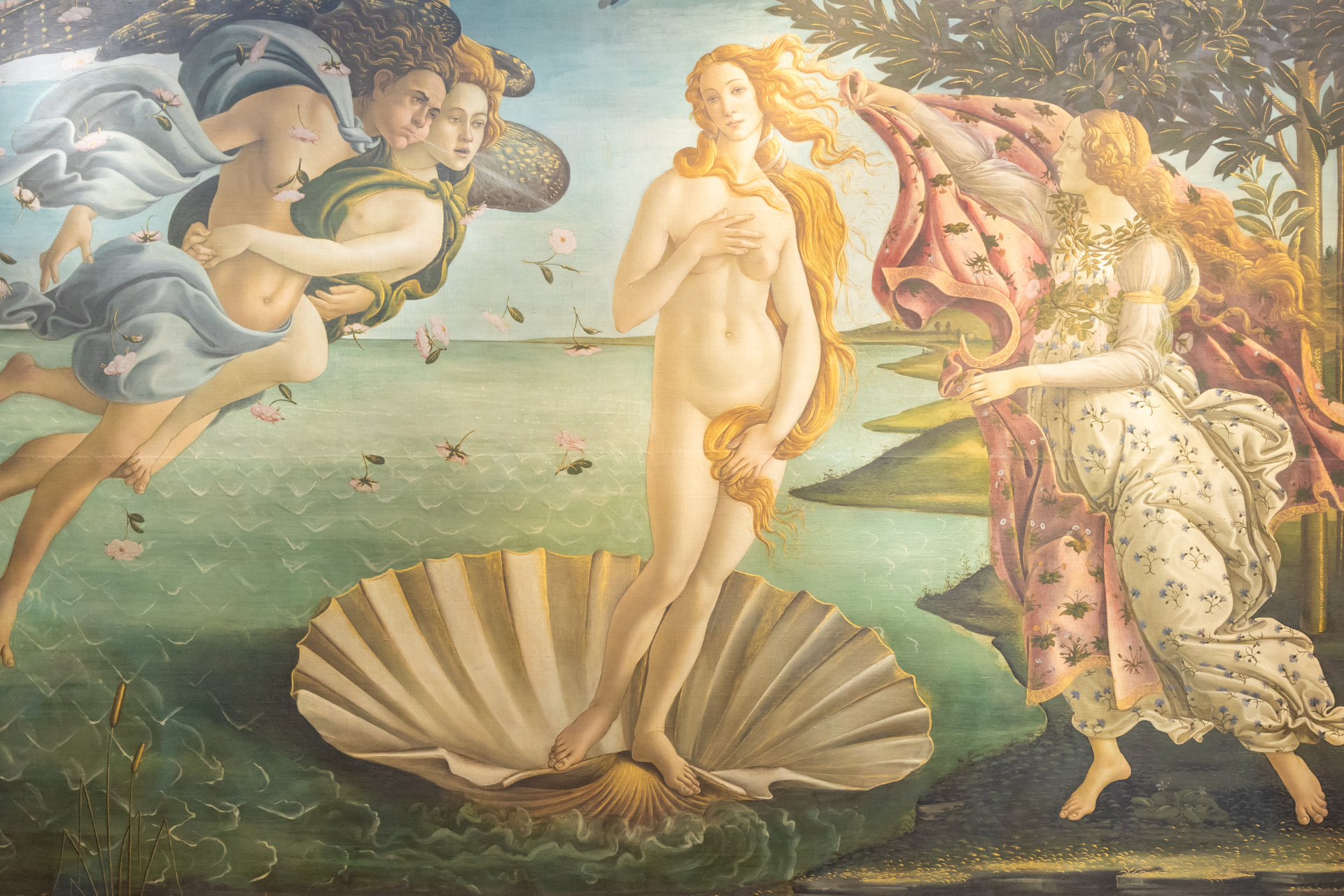
The Renaissance period was like society hitting refresh. People started moving away from mediaeval times and rediscovering Greek and Roman ideas. They began valuing science, literature, and the arts. Artists like Leonardo da Vinci and Michelangelo made people look realistic and celebrated what humanity could achieve. So, it was a broader cultural movement that included advancements in science, literature, and philosophy.
Johannes Gutenberg’s printing press around the 1450s led to the spread of ideas and knowledge across Europe.
“Baroque art was like a blockbuster movie – full of drama, high contrast, and intense feels. It was designed to grab your attention and not let go.”
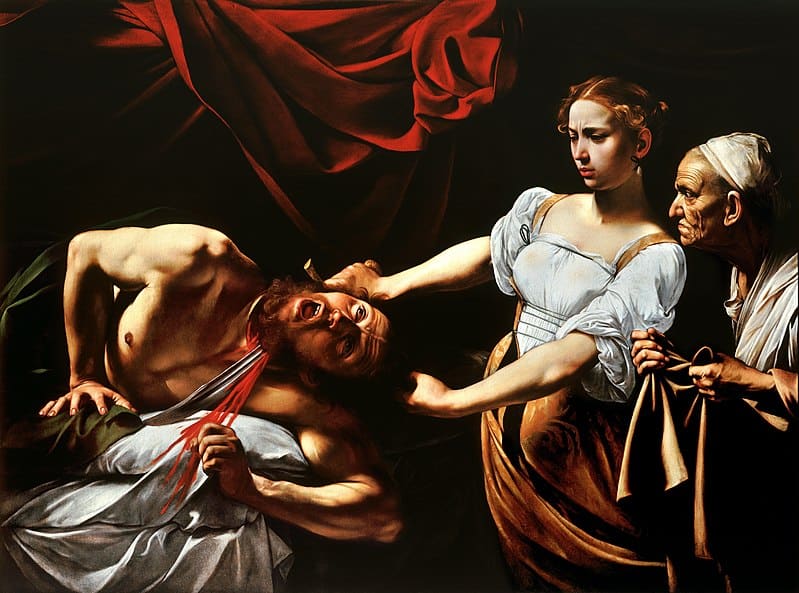
Baroque art was full of drama and emotion, reflecting the intense political and religious conflicts of the time. The Catholic Church used art to show its power and influence. Artists like Caravaggio created intense scenes with strong contrasts of light and shadow, capturing the turbulent emotions and grandeur of the era.
Art became a powerful tool for religious and political propaganda during this time as the Baroque period was heavily influenced by the counter-reformation, which sought to reassert the authority of the Catholic Church in response to the Protestant Reformation.
“Rococo art was the 18th-century’s version of a glittering socialite’s soirée—light, playful, and elegant, designed to charm and entertain just as the French aristocracy indulged in excess.”
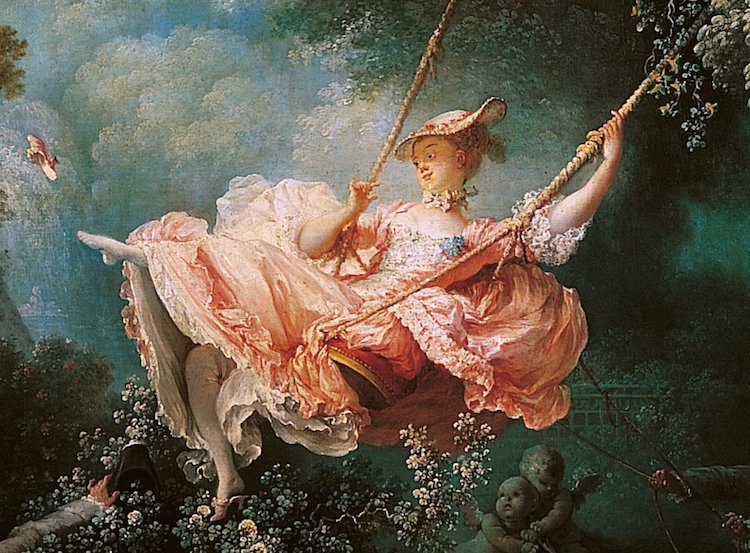
Early 1700s France saw Rococo as a reaction to the serious Baroque style. Artists like François Boucher and Jean-Honoré Fragonard used soft colours and playful themes, focusing on love and leisure, reflecting the posh life of the French aristocracy before the onset of the revolution.
Rococo was all the rage during Louis XV’s reign, showing off the lavish and pleasure-filled lifestyle of the French elite.
“Neoclassicism hit the reset button on art, bringing back the clean, moral lines of ancient Greece and Rome, reacting to the opulence and chaos of the Rococo period.”
The Death of Socrates (1787) by Jacques-Louis David
As the 18th century rolled on, Neoclassicism emerged against Rococo’s excess. Artists like Jacques-Louis David looked to ancient Rome and Greece for inspiration, emphasising simplicity, order, and virtue, aligning with Enlightenment ideas, reflecting a desire for rationality and clarity in both art and society.
Neoclassicism was sparked by the discoveries in Pompeii and Herculaneum, reigniting interest in ancient civilizations.
“Romanticism swept in like a passionate storm, putting raw feelings and dramatic landscapes front and centre, as artists reacted against the rigid constraints of the Enlightenment and Industrial Revolution.”
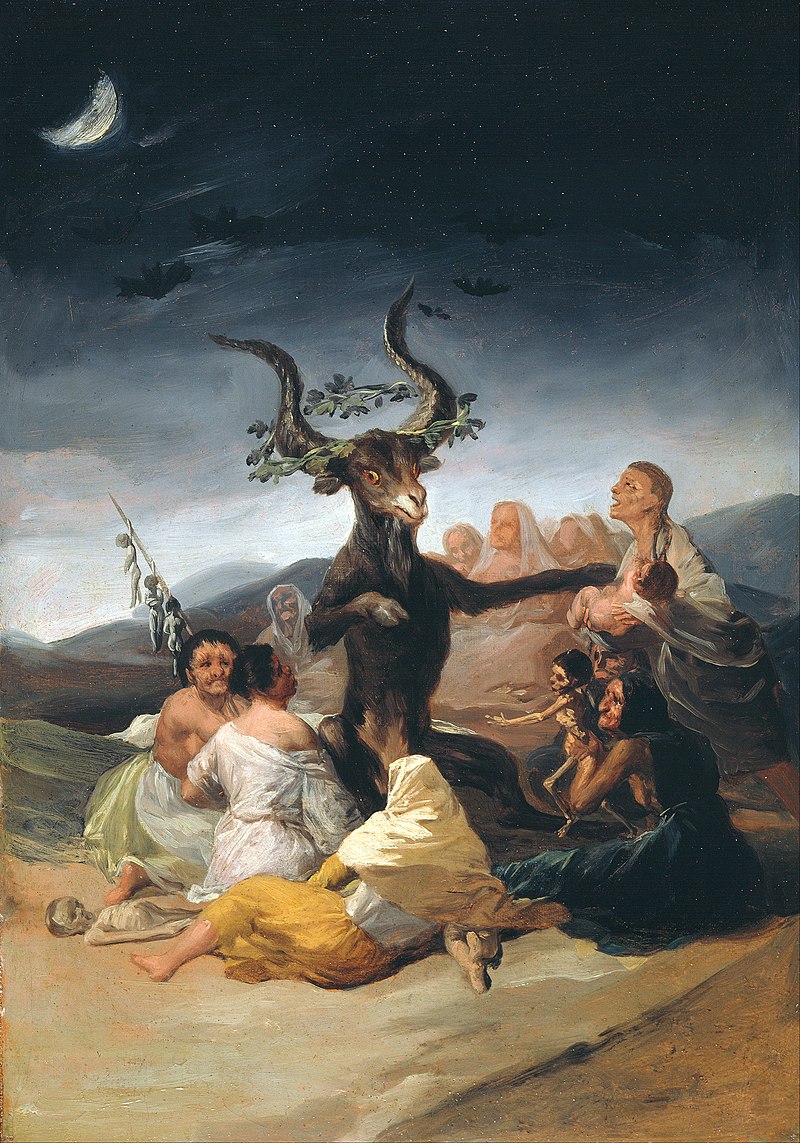
Romanticism was a big mood swing from the Enlightenment’s rationality. Society was reacting to the Industrial Revolution, craving emotional depth and a connection with nature. Artists like Francisco Goya and Eugène Delacroix focused on intense personal emotions and dramatic landscapes, showing the power of individual experiences and the beauty of the natural world.
The rise of Romanticism paralleled the Napoleonic Wars and the subsequent rise of nationalism in Europe, which influenced artists to explore themes of heroism and the sublime in nature.
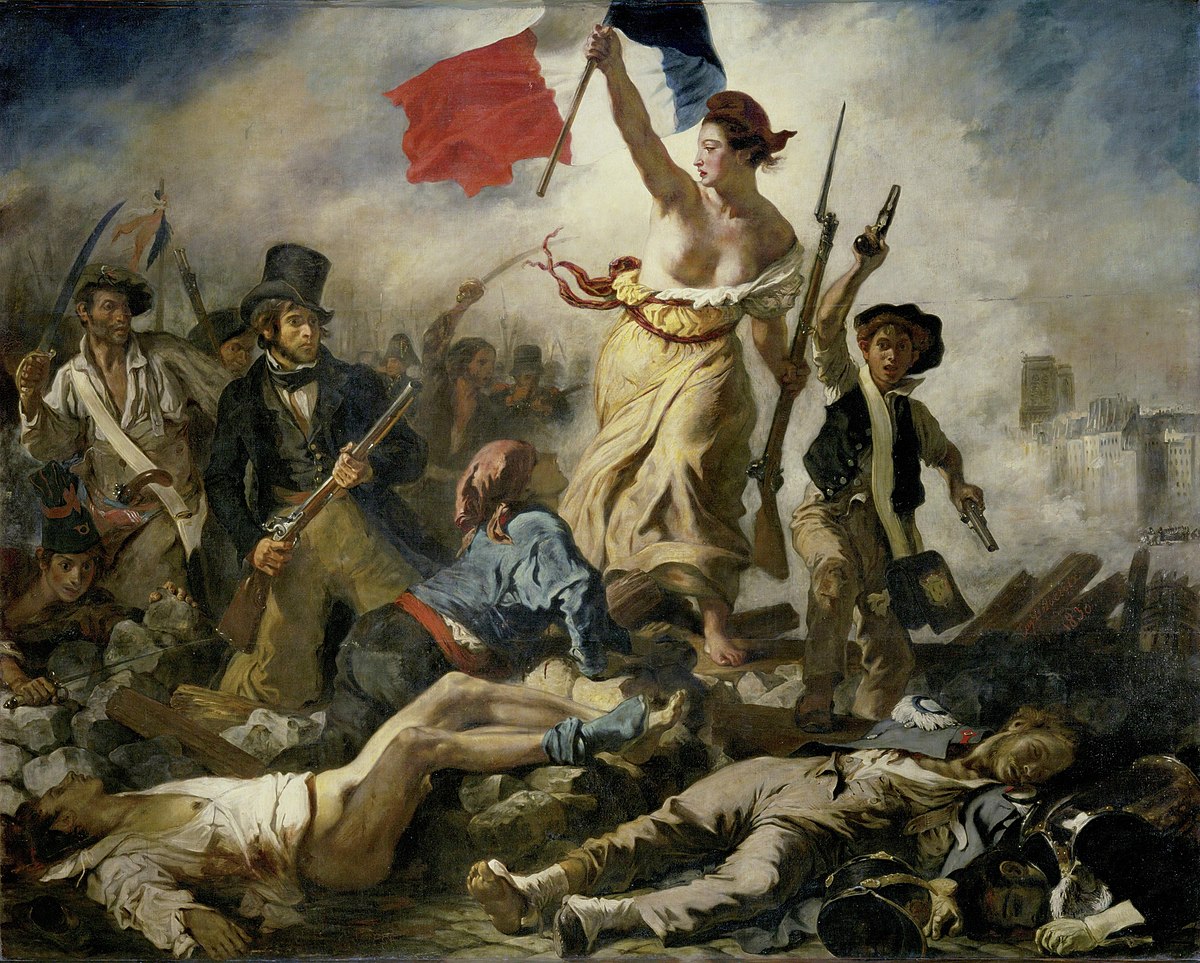
Liberty Leading the People by Eugène Delacroix
“Realism was like a reality check, showing everyday life as it really was, no sugar-coating.”
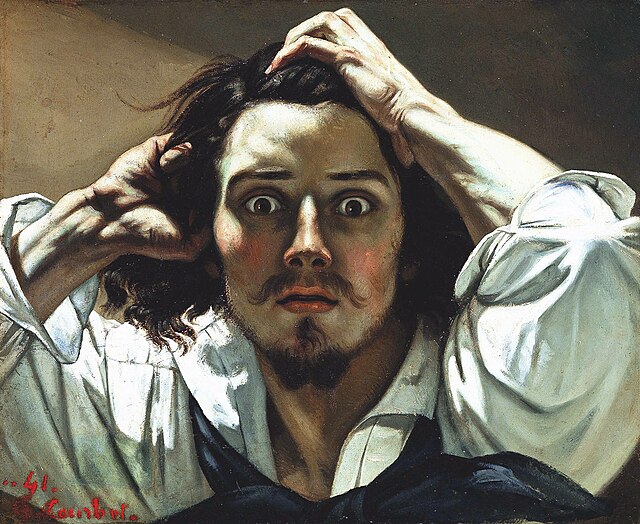
Le Désespéré (Desperation or The Desperate Man), an oil-on-canvas self-portrait by Gustave Courbet
Realism was like society’s reality check, showing everyday life as it really was. It reflected the social changes and struggles of ordinary people during the mid-19th century. Artists like Gustave Courbet and Jean-François Millet depicted the real struggles of ordinary people with brutal honesty.
Realism rose during major social and political shifts in France, like the aftermath of the 1789 Revolution and the rise of the working class. This influenced artists to focus on everyday life and social issues.
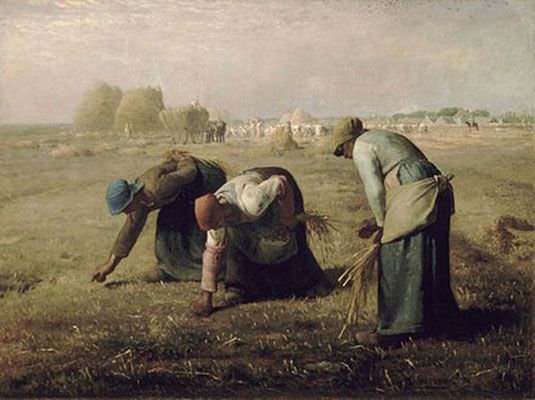
The Gleaners, 1857 by Jean-François Millet
“Impressionism was like an artist’s spontaneous snapshot of a moment, capturing the shifting effects of light and colour as seen in real-time, rather than adhering to the detailed realism of previous art forms. This movement emerged as a response to the rigid techniques of traditional painting.”
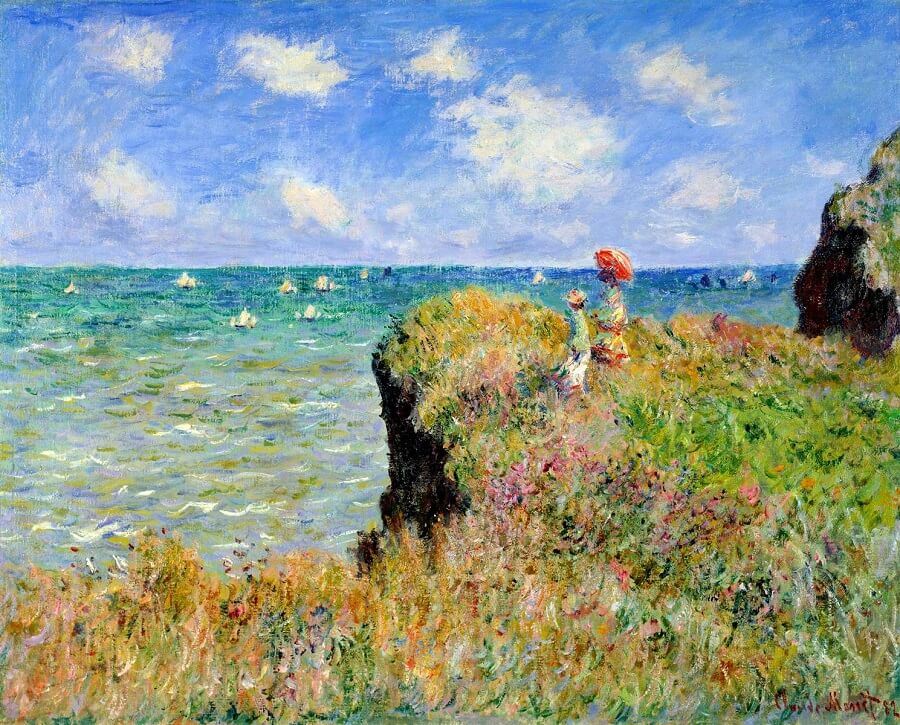
Cliff Walk at Pourville, Claude Monet
Late 19th century, Impressionism broke away from traditional art, focusing on the moment. Artists like Claude Monet and Edgar Degas painted outdoors with loose brushstrokes, reflecting a changing perception of the world, influenced by advances in technology and transportation.
The invention of the camera influenced Impressionists to capture fleeting moments and shifting effects of light rather than focusing on detailed realism.
“Post-Impressionism took the Impressionists’ fleeting moments and infused them with emotional depth and structural innovation, pushing beyond surface beauty to explore the inner life of the artist.”
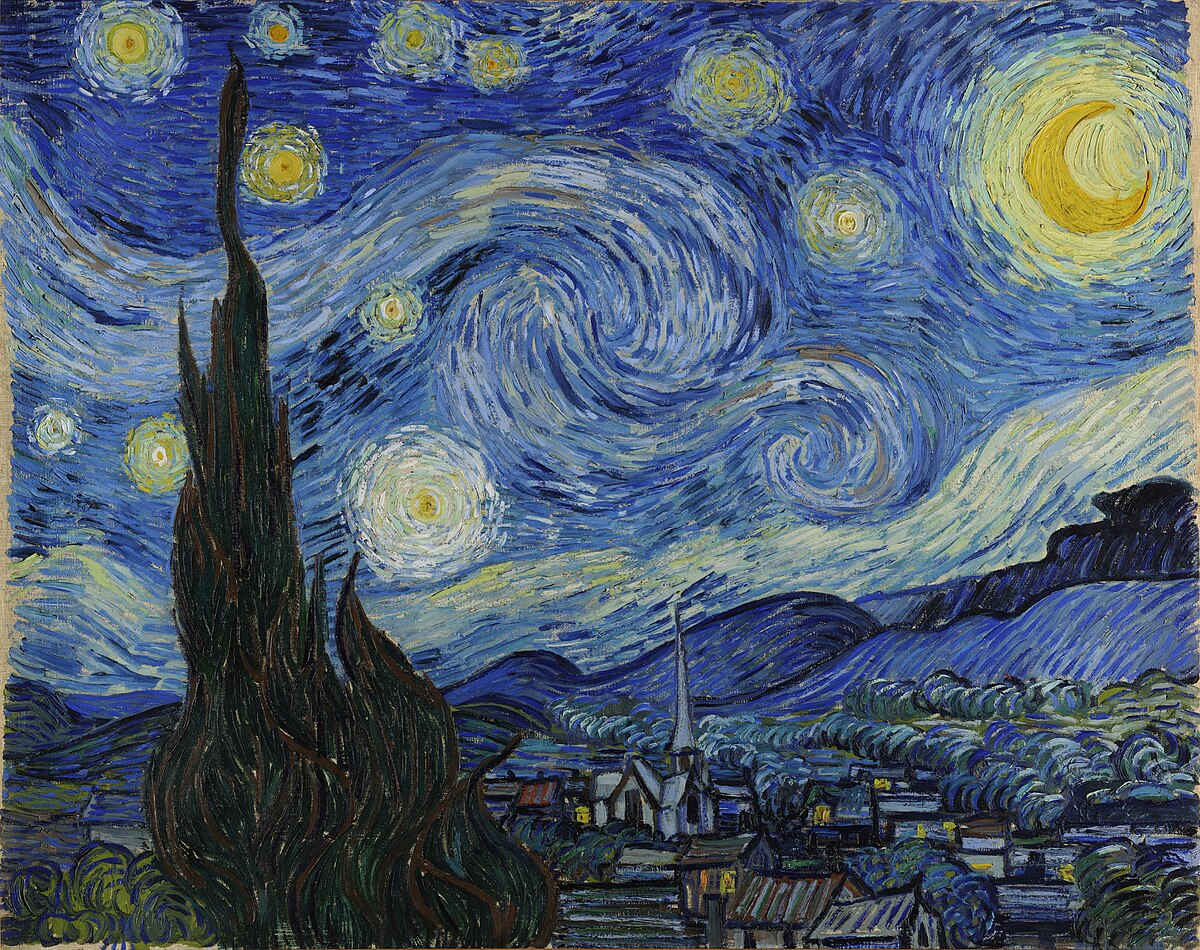
Post-Impressionism built on Impressionism by adding depth and emotion, reflecting society’s search for personal expression and deeper meaning. Post-Impressionists like Vincent van Gogh and Paul Cézanne explored colour and form, adding emotional and symbolic layers. Vincent van Gogh used bold colours and expressive brushstrokes to convey his inner world. This movement pushed the boundary of artistic expression.
Post-Impressionism was a reaction to industrialisation, with artists seeking to infuse their work with personal expression and symbolism in contrast to the mechanised world.
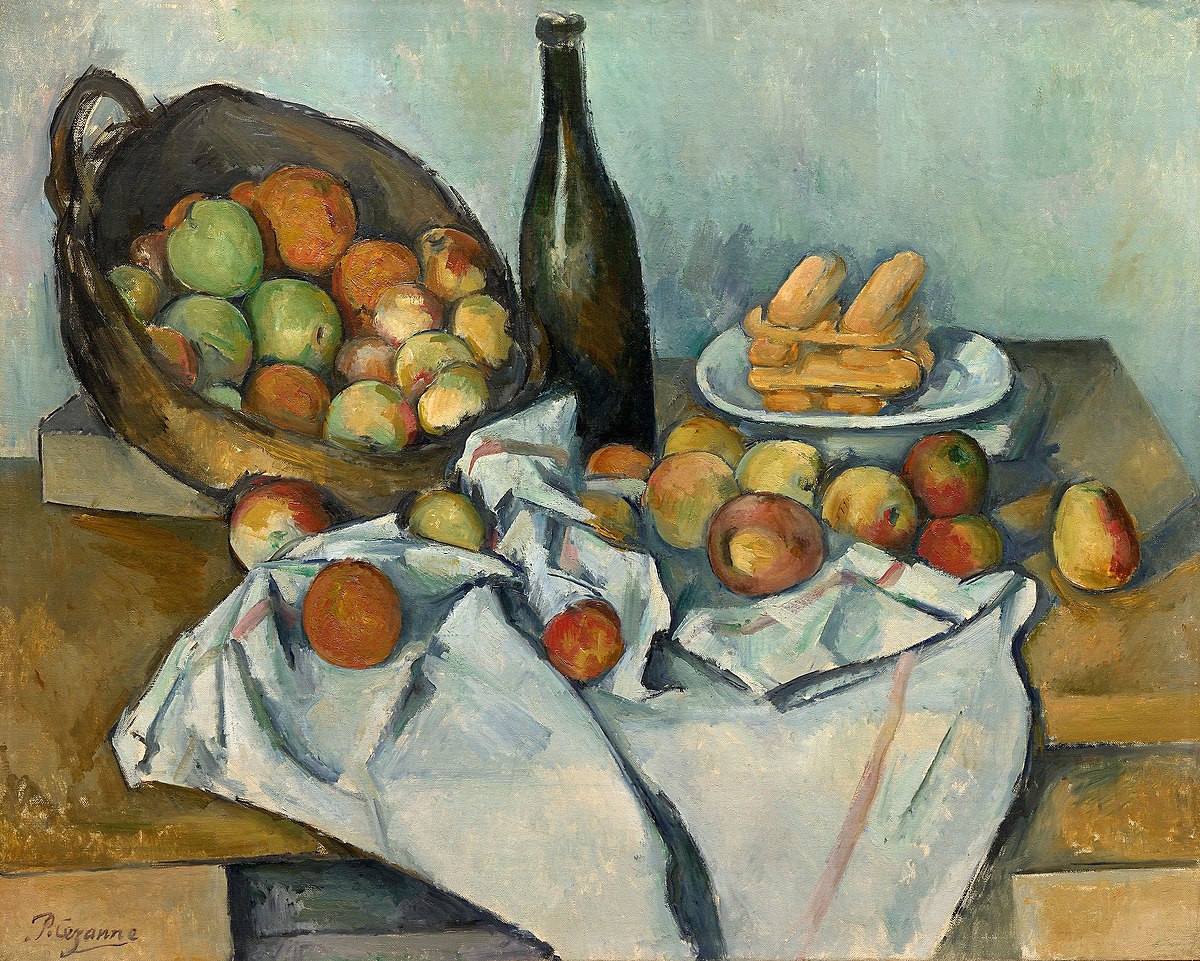
“Modernism was a creative rebellion, tearing up the rulebook to embrace new perspectives and experimental techniques, reflecting the rapid technological and social changes of the 20th century.”
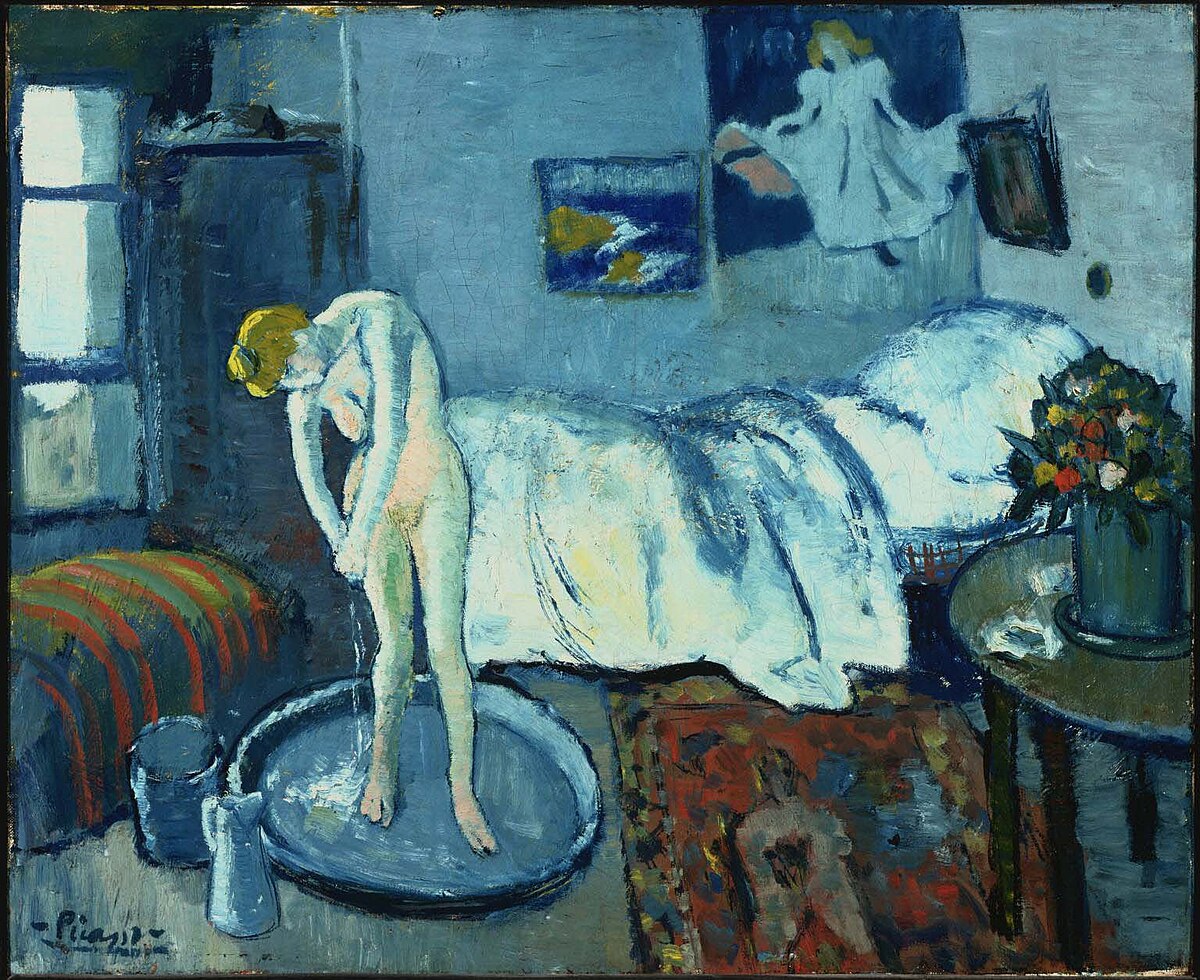
Modernism was all about breaking the rules and trying new things, reflecting society’s rapid technological, social, and political changes. Pablo Picasso and Marcel Duchamp challenged conventional art ideas, experimenting with new techniques and ideas. Picasso’s Cubism fragmented form and space, while Duchamp’s conceptual pieces, like his “Fountain” (a urinal signed with a pseudonym), questioned the very definition of art. Art from this period can be said to have captured the complexities and anxieties of modern life, embracing innovation and questioning established norms.
Modernism emerged during a time of rapid technological advancement and social upheaval, including the aftermath of World War I and the rise of industrialisation, which inspired artists to experiment with new forms and ideas.
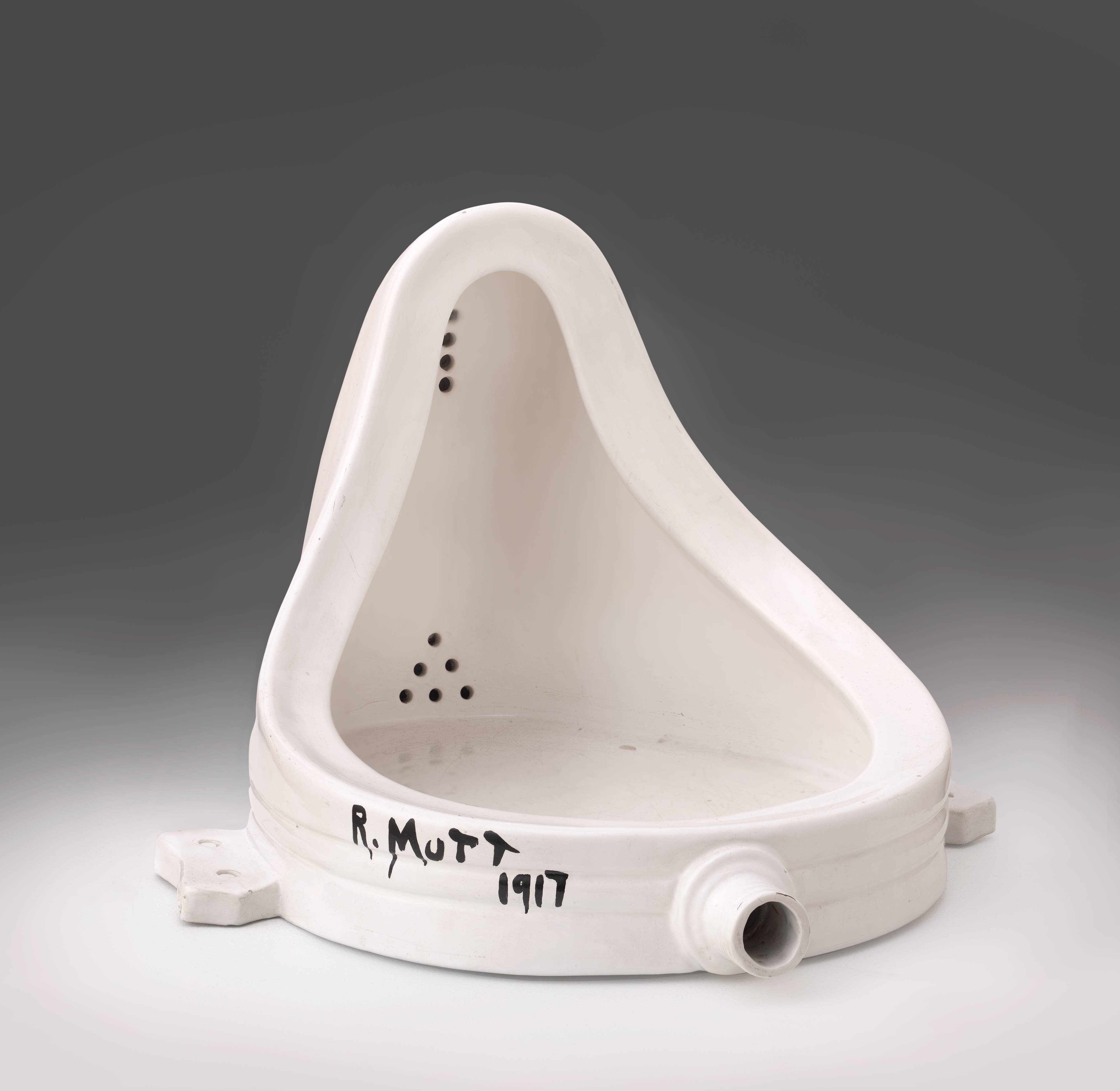
Fountain is a readymade sculpture by Marcel Duchamp in 1917, consisting of a porcelain urinal signed
“Contemporary art is like a global melting pot of styles and ideas, reflecting the diverse and interconnected world we live in.”
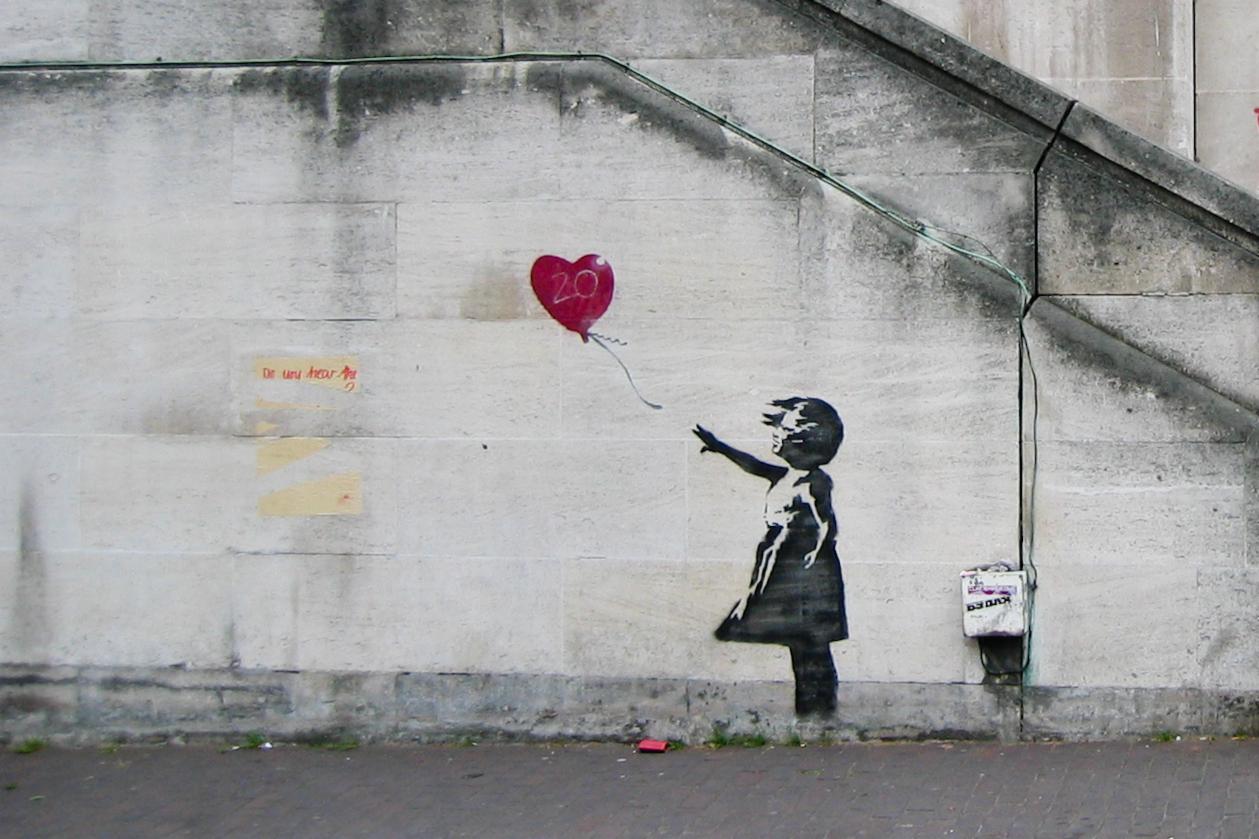
Contemporary art is like a global mashup, reflecting our connected and diverse world. It blends old and new styles and tackles social, political, and environmental issues. The internet and digital tech have revolutionised how artists create and share their work, highlighting society’s diverse identities and ideas. Take Banksy, for instance. His provocative street art and stencilled graffiti offer sharp social commentary, making him a standout figure in today’s art scene.
The internet and global communication have massively influenced Contemporary art, letting artists share and collaborate across cultures like never before.
Get an exclusive peek into the world of Freen Sarocha: uncover 10 facts ...
In a cinematic landscape saturated with remakes, reboots and sequels, you might ...
These top 5 barber shops in Bangkok are where gentlemen can elevate ...
While traditional TV shows are serving us endless boy-meets-girl tales. Thailand has ...
Pets, as cherished members of our families, deserve rights and protections that ...
The internet makeup obsession straight out of Bangkok’s streets! Thai makeup zeroes ...
Wee use cookies to deliver your best experience on our website. By using our website, you consent to our cookies in accordance with our cookies policy and privacy policy